It was a hot day in June when we visited Ipek Evi’s (the name means ‘silk house’) silk workshop. Down in the town the heat was heavy and stifling, but the atelier, halfway up the road towards Mount Uludag, was cool and airy. The main part of the workshop is filled with table-height frames where silk scarves are stretched. About half a dozen women and teenagers were dotted around the room painting the scarves: dye-soaked sponges for large swathes of colour, paintbrushes for the finer work. The atmosphere was calm and relaxed.
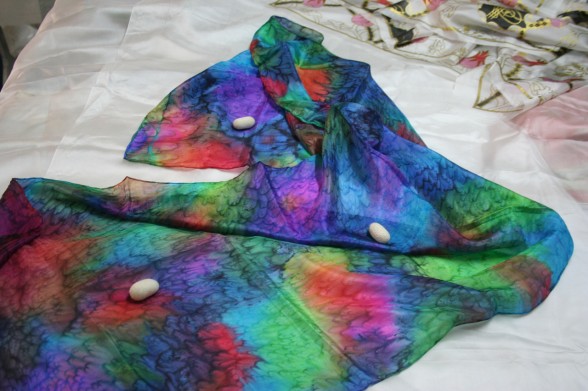
The founders of Ipek Evi are husband and wife Turgay and Aysel. Turgay, son of a Turkish father and German mother, lived in Germany until he was 18. Upon moving to Turkey he had the idea of opening a silk workshop. Bursa was historically a big centre for silk and this kind of enterprise was common, but these days Ipek Evi is the only remaining producer of hand painted silk in Bursa.
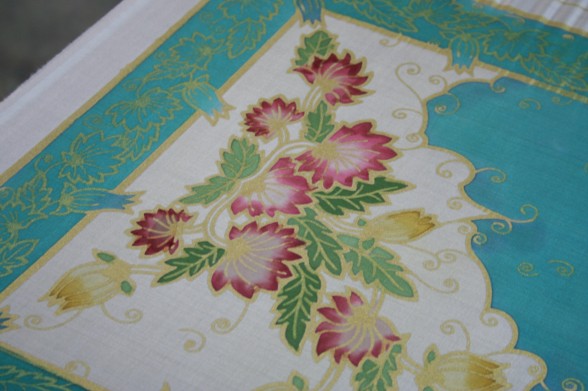
Aysel is the creative flair behind the business. She explained to me how she spends the quieter winter months creating new designs on the computer, putting them to the test when the sales season resumes in the spring.
Passing through to a second, smaller room, we see how the scarves are actually produced. Aysel tells me that they only use silk manufactured in Bursa. It’s more expensive, but higher quality than Chinese silk.
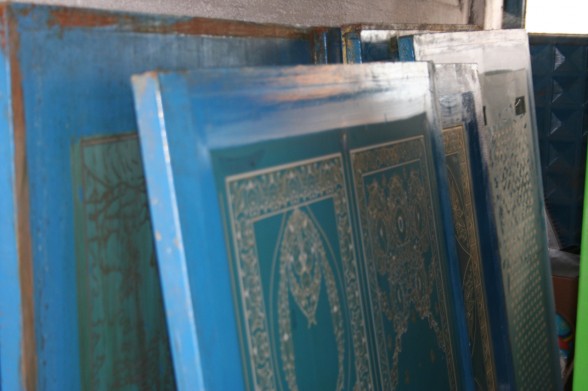
In the first step, the outline of the design is printed onto the plain silk in gold or silver. They print the designs in batches because that way it’s easier for ‘the girls’ to paint.
Next the silk is cut into shapes – square or rectangular, depending on the type of scarf – and stretched onto metal frames.
The scarves are painted by hand using sponges or brushes. The girls choose their colours from a huge selection of inks, so no scarf is exactly the same as another. The only exception is when there is a special order to fulfil. By painting the scarves on the reverse side, the design shows up better on the finished piece.
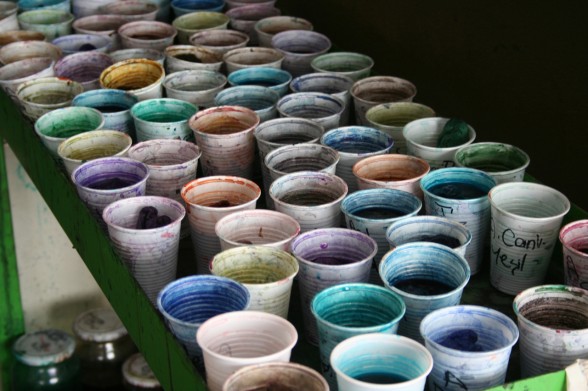
The painted scarves are dried either naturally or with a hairdryer. It’s important not to dry the material too fast otherwise watermarks will be left on the finished scarf. Finally, batches of two hundred pieces are stuffed into a long metal tube which steam treats them to fix the colour. This means your scarf can be washed without damaging the colour.
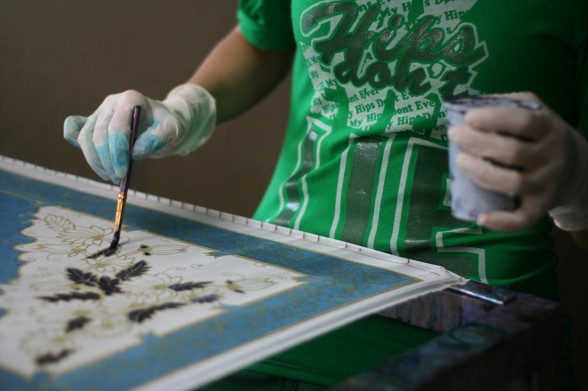
The scarves go out to be hemmed by hand by local cottage workers. When they come back they are ironed, packed and are ready to go!
Ipek Evi is one of the sellers we work with in our PocketButiks online boutiques project. Browse their beautiful hand painted scarves in Anadolu Kilim’s online boutique.
Photo credits: Marcello Boschetti

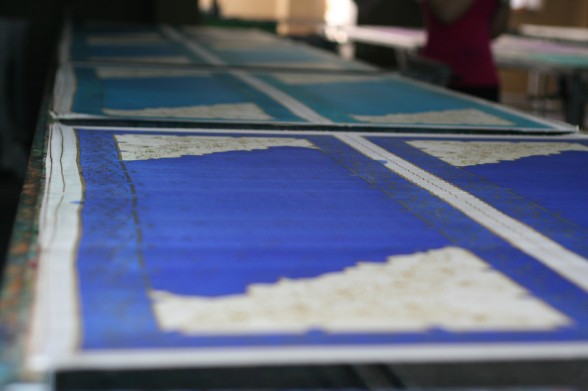
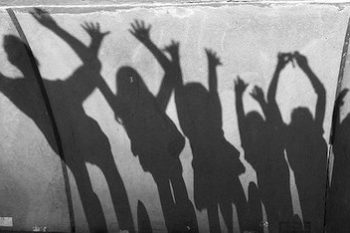
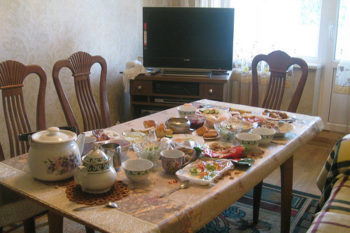
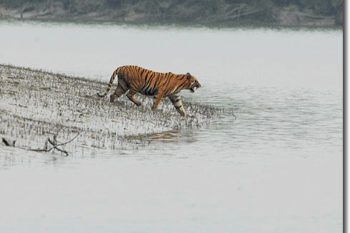

I’ve bought on of their scarves. It’s gorgeous!